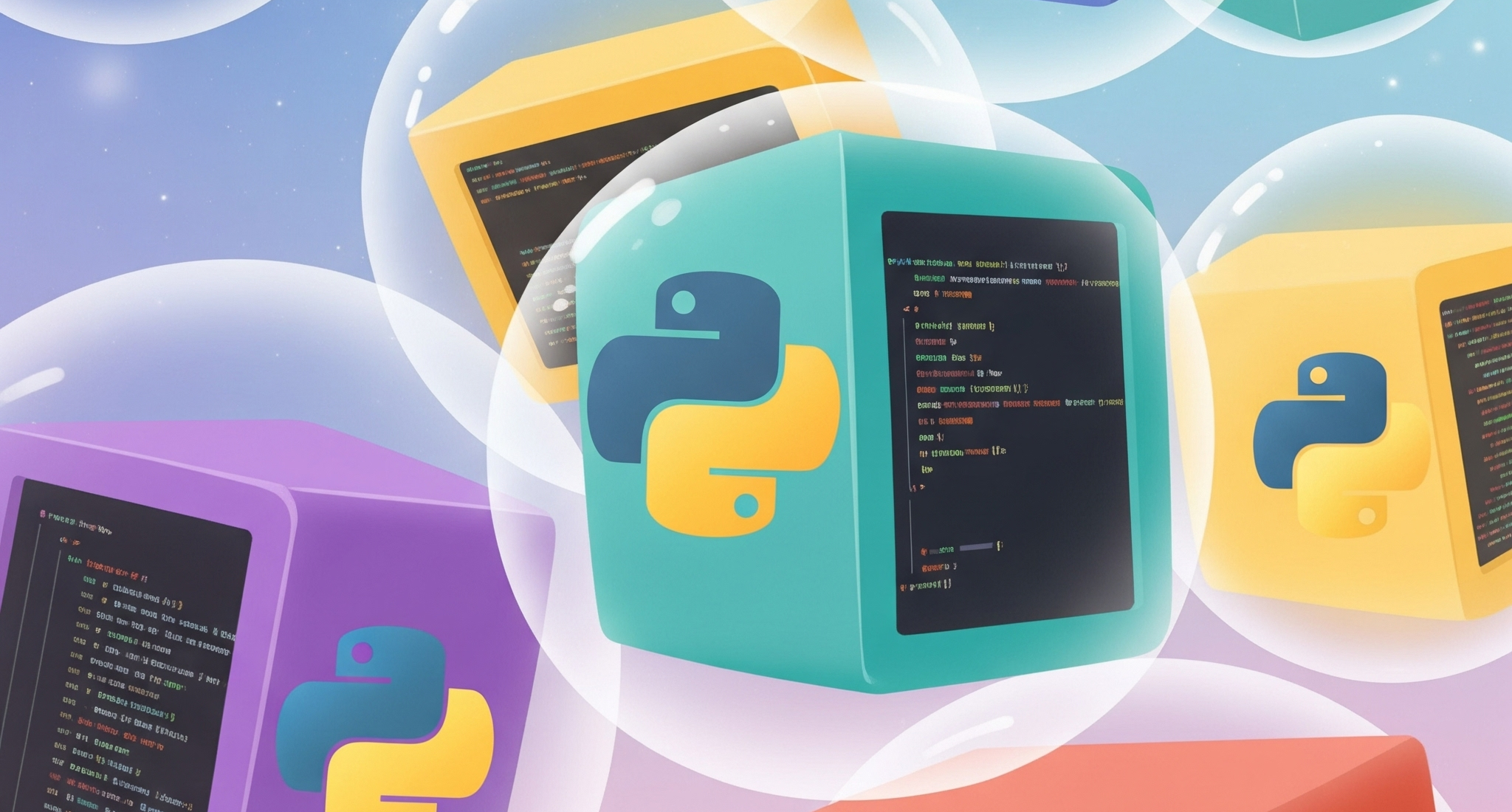Hey Pythonistas!
Ever been in a situation where you were working on multiple Python projects and suddenly one of them started throwing weird errors after you installed a new package for another project? If you’ve nodded vigorously, you’re not alone. This is a common pitfall in the Python development world, and thankfully, there’s a simple yet incredibly powerful solution: virtual environments.
Think of a virtual environment as an isolated and self-contained workspace for your Python project. It’s like creating a separate little bubble where you can install all the necessary dependencies – libraries, packages, and even a specific Python version – without affecting your global Python installation or other projects on your system.
Why Are Virtual Environments So Crucial? Let’s Break It Down:
- Dependency Isolation: The Core BenefitThis is the primary reason virtual environments are essential. Different Python projects often require different versions of the same libraries. For instance, Project A might need version 1.0 of a library, while Project B might require the latest 2.0 version, which could introduce breaking changes.Without a virtual environment, installing the requirements for Project B globally could inadvertently break Project A. Virtual environments prevent this by keeping the dependencies for each project separate. When you activate a virtual environment for a specific project, Python looks for packages within that environment first, completely isolating it from the global packages.
- Reproducibility: Share Your Projects with ConfidenceWhen you share your Python project with collaborators or deploy it to a server, you need to ensure that the environment is exactly the same as what you developed on. Virtual environments allow you to easily create a
requirements.txtfile. This file lists all the packages and their specific versions used in your project.Anyone working on your project can then create an identical virtual environment and install all the necessary dependencies with a single command (pip install -r requirements.txt), guaranteeing a consistent and reproducible setup. This eliminates the “it works on my machine!” headache. - Clean Global Environment: Keep Your System TidyInstalling numerous packages globally can clutter your system’s Python installation. Virtual environments help keep your global Python environment clean and organized, reducing the potential for conflicts and making it easier to manage your system.
- Experimentation Without Risk: Play FreelyWant to try out a new library or experiment with different versions? Doing so in a virtual environment is safe. If things go wrong or the new library doesn’t suit your needs, you can simply deactivate and even delete the virtual environment without affecting your other projects or your global Python installation. It’s a sandbox for your coding adventures!
Getting Started with Virtual Environments (using venv – Python’s built-in module):
It’s super easy to start using virtual environments. Here’s a quick guide using Python’s built-in venv module (available in Python 3.3 and later):
- Navigate to your project directory in the terminal.
- Create a virtual environment:
- On Windows:
python -m venv venv - On macOS/Linux:
python3 -m venv venv(You can replacevenvwith any name you prefer for your environment.)
- On Windows:
- Activate the virtual environment:
- On Windows:
venv\Scripts\activate - On macOS/Linux:
source venv/bin/activate(Once activated, you’ll see the name of your virtual environment in parentheses at the beginning of your terminal prompt, e.g.,(venv))
- On Windows:
- Install your project dependencies using
pip:pip install <package_name>orpip install -r requirements.txt - Deactivate the virtual environment when you’re done:
deactivate
In Conclusion:
Virtual environments are an indispensable tool for any Python developer, regardless of project size. They provide dependency isolation, ensure reproducibility, keep your system clean, and allow for safe experimentation. If you’re not already using them, now is the perfect time to integrate them into your workflow. Your future self (and your collaborators) will thank you!
Happy coding!
